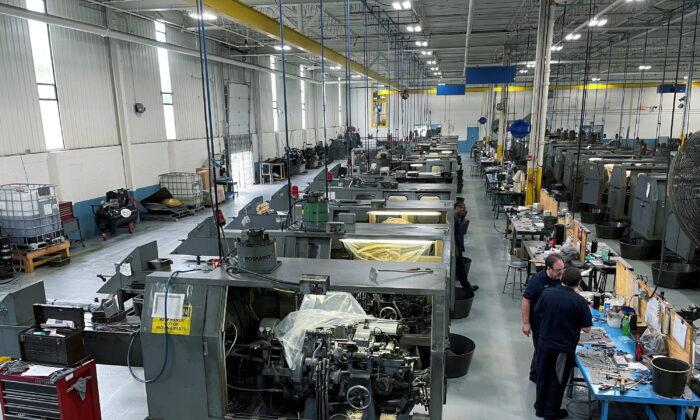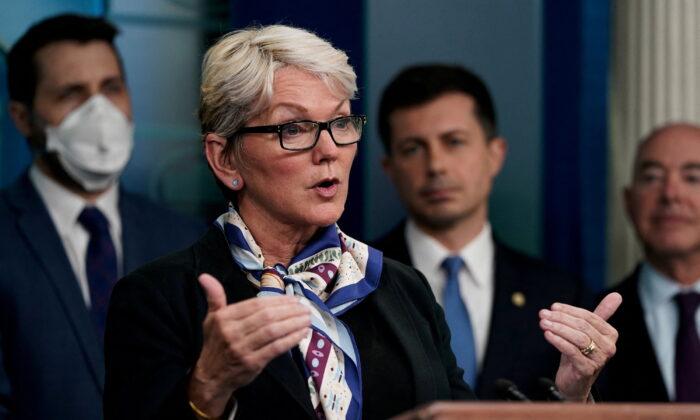Manufacturing activity in the United States, as measured by the Institute for Supply Management (ISM), declined in November for the first time in two and a half years.
Manufacturing makes up 11.3 percent of the American economy. Panelists at ISM’s Business Survey Committee reported softening new order rates in the past six months. Demand eased, with the New Export Orders Index remaining below 50 percent for the fourth straight month; the New Orders Index in contraction territory; and the Backlog of Orders Index going deeper into contraction.
Out of the six biggest manufacturing industries, transportation equipment, and petroleum and coal products registered weak to moderate growth last month.
According to Timothy R. Fiore, CPSM, C.P.M., chair of the ISM Manufacturing Business Survey Committee, order backlogs and prices are “declining rapidly” due to which buyers and sellers are expected to be back on the table to refill order books based on their business plans for next year.
A respondent from the food, beverage, and tobacco products sector said that consumer goods are “slowing down” in several markets. Another respondent, from the machinery sector, said that as the end of the year approaches, there is slowdown in orders due to the general economic uncertainty.
Manufacturing Activity, Employment
The ISM data come as a recent report by S&P Global showed that the U.S. manufacturing PMI declined from 50.4 in October to 47.6 in November, signaling a “renewed decline” in the operating conditions of manufacturers. The overall U.S. PMI Composite Output Index fell, to 46.3 from 48.2 at the beginning of the fourth quarter.“Lower output was seen across both manufacturing and service sectors amid increasingly steep downturns in demand. The overall fall in activity was the second-fastest since May 2020 as inflation, rising borrowing costs, and economic uncertainty weighed on demand,” the release said.
Of note is the fact that the employment growth was driven solely by service-providing industries that added 213,000 jobs. Manufacturing industries that produced goods saw a fall of 86,000 jobs.






Friends Read Free